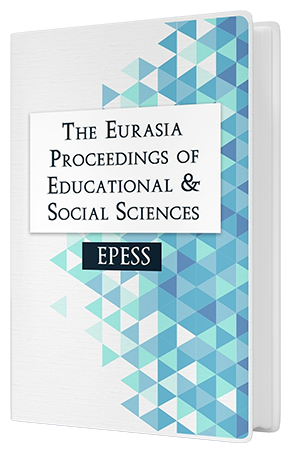A Study on Gender and Age Classification as the Two Most Vital Tools in the Identification and Verification System
Keywords:
Aging pattern, Feature selection, Feature extraction, Human identification system, Gender classification methodsAbstract
Gender identification and age classification is one of the challenging aspect in biometric authentication and verification system which capture walk from far distance and study physical information of the subject such as gender, race and emotional state of the subject. It was established that most of the gender identification methods have focused only with frontal pose of diverse human subject, image size and type of database used in the procedure. Different feature extraction process such as, Principal Component Analysis (PCA) and Local Directional Pattern (LDP) that are used to extract the authentication features of a person will also be classified in this study. The aims of this paper, is to analyze the different gender classification methods and age estimation framework in computer vision that help in evaluating strength and weakness of existing gender identification algorithm. Hence, a new gender classification algorithm will be develop with less computational cost and accuracy. An overview as well as classification of various gender identification methods will be presented first and then compared with other existing human identification system by means of their performance.Downloads
Published
Issue
Section
License
Copyright (c) 2020 The Eurasia Proceedings of Educational and Social Sciences

This work is licensed under a Creative Commons Attribution-NonCommercial-ShareAlike 4.0 International License.
The articles may be used for research, teaching, and private study purposes. Any substantial or systematic reproduction, redistribution, reselling, loan, sub-licensing, systematic supply, or distribution in any form to anyone is expressly forbidden. Authors alone are responsible for the contents of their articles. The journal owns the copyright of the articles. The publisher shall not be liable for any loss, actions, claims, proceedings, demand, or costs or damages whatsoever or howsoever caused arising directly or indirectly in connection with or arising out of the use of the research material. All authors are requested to disclose any actual or potential conflict of interest including any financial, personal or other relationships with other people or organizations regarding the submitted work.




